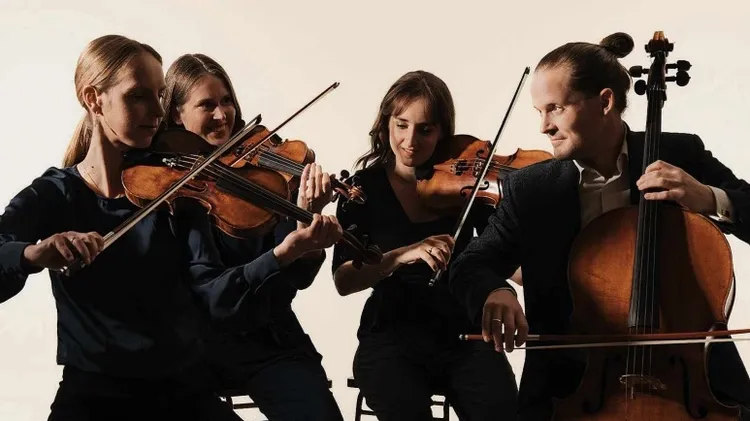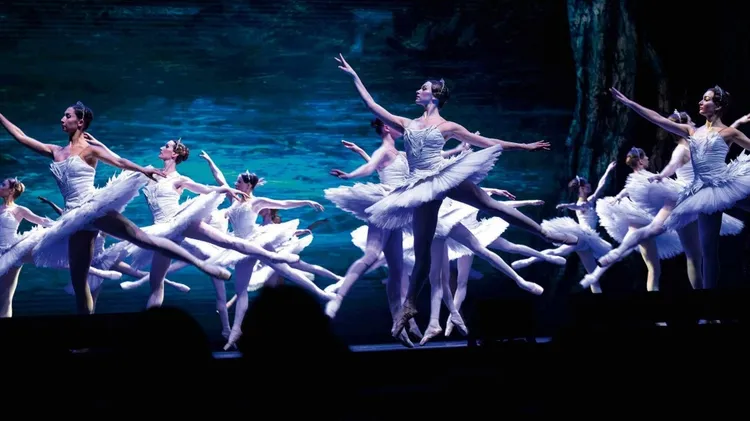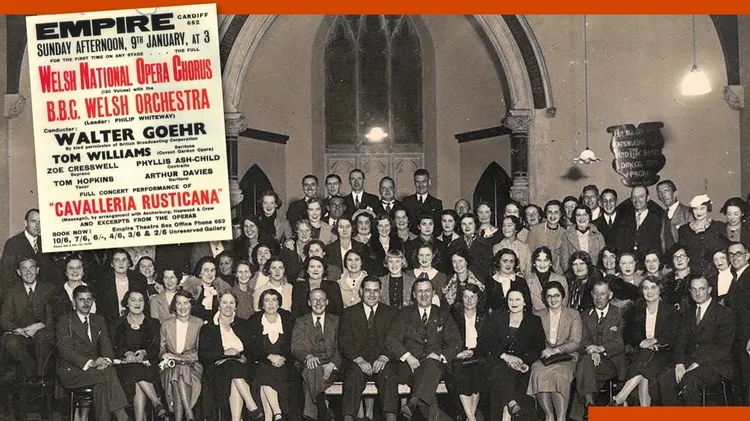From Brahms to Samuel Barber, the use of classical music in films can
Lights, camera… notes!
2 min read
This article is from...
Read this article and 8000+ more magazines and newspapers on Readly






